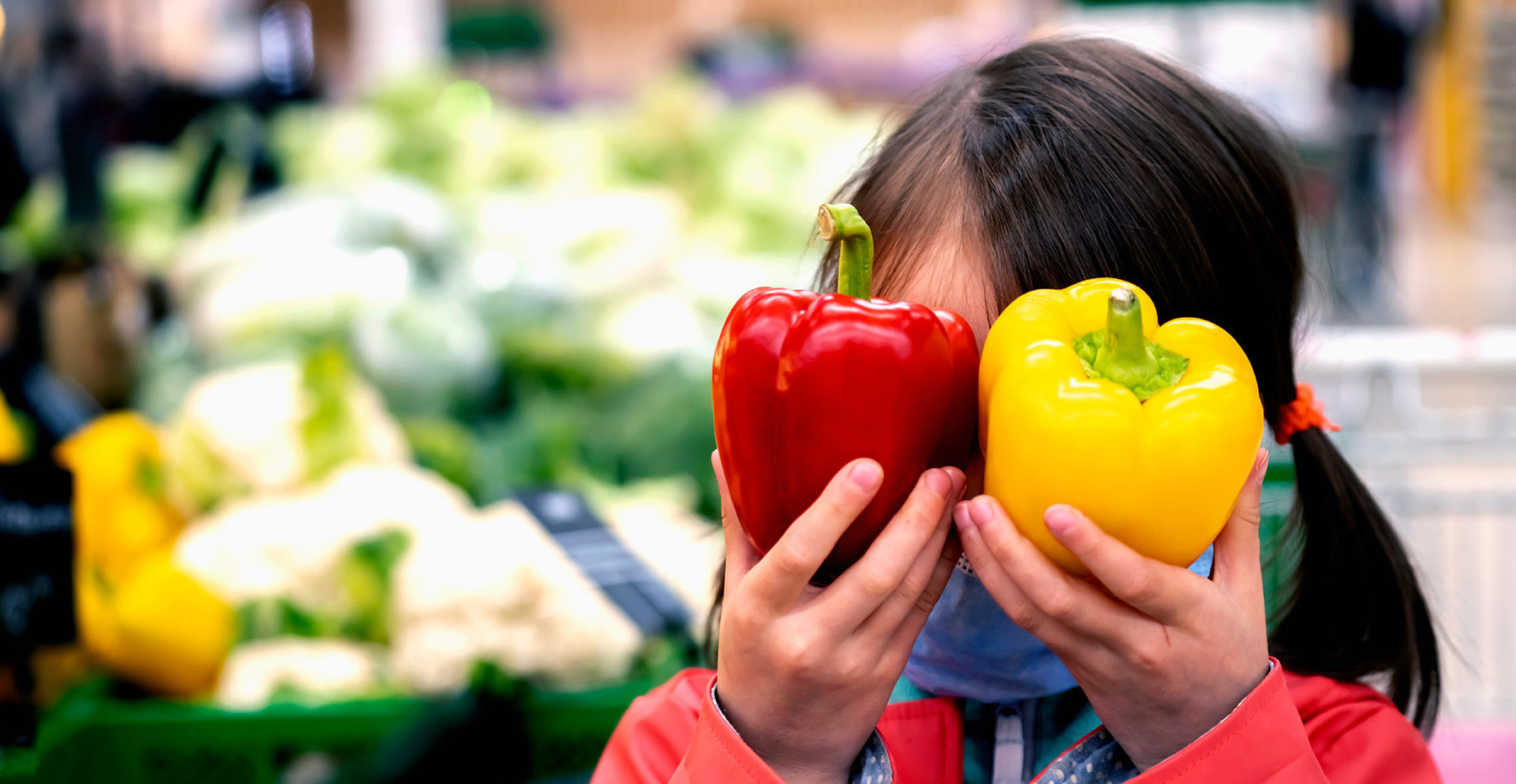It’s no secret that New York is an expensive place to live.
And New Yorkers have been getting squeezed even more in recent months, with the prices of housing, gas, and groceries soaring. Being able to afford the basics is known in politics as “kitchen table issues.”
And now, some of those kitchen tables might literally be bereft of food, with more New Yorkers feeling the pain of hunger. Food prices increased more than 10% between July 2021 and July 2022. In New York City, the number of children visiting food pantries was 55% higher in early 2022 than it was before the pandemic. Compounding inflation and supply-chain issues is the rollback of safety-net protections introduced early in the pandemic. For example, the federal policy that allowed more New Yorkers to enroll and stay enrolled in Medicaid coverage is set to expire in October. And with the start of the new school year, a federal waiver that has provided every student access to free school meals, regardless of income, also expires.
Many New Yorkers were already living on the edge of hunger before these developments. Prior to the COVID-19 pandemic, 1 in 10 New Yorkers — nearly 2 million people — were food insecure, meaning they lacked consistent access to enough food for an active, healthy life.
The New York Health Foundation (NYHealth) just released the results of a statewide survey on food and health; it looked at the relationship between food insecurity and health, barriers to getting food, and the tough tradeoffs that food-insecure New Yorkers make to put meals on the table. Among the findings: nearly two-thirds of food-insecure New Yorkers say it’s difficult to afford food. People experiencing chronic illness are even more likely to struggle to afford food (72%), as are Hispanic (71%) and Black (69%) New Yorkers. And it stands to reason that, given skyrocketing food prices, affordability is an even greater challenge today than when the survey was fielded late last year.
The facts are in: food insecurity jeopardizes health. People with uncertain access to food have lower diet quality, higher rates of diet-related disease, and higher health care costs (one study estimated that in New York State, the annual health care costs associated with food insecurity top $3.4 billion, or roughly $173 per person). Need more proof? Listen to the voices of New Yorkers themselves. The NYHealth survey found that:
- Food-insecure New Yorkers are twice as likely as food-secure individuals to rate their health as “fair” or “poor.”
- Only 14% of food-insecure individuals report “excellent” health.
- Sixty-nine percent of food-insecure New Yorkers report having at least one chronic illness.
- Twenty-one percent of food-insecure New Yorkers delay or skip medical care; 13% delay or don’t get prescription medication.
There are glimmers of hope through some existing programs. For example, nearly 90% of New Yorkers who are enrolled in WIC or SNAP say those benefits are easy to use. That’s not to say the programs are perfect — both the eligibility criteria for enrollment and the amount of the benefits are largely viewed as insufficient to meet families’ needs in a high-cost state like New York. But it should give eligible but unenrolled New Yorkers confidence that those who participate in the programs generally rate them highly.
Also encouraging is the broad support for policies designed to increase food security and improve health. More than 80% of food-secure New Yorkers and 90% or more of food-insecure New Yorkers agree that school meals should be free for all; that people should be able to apply for SNAP, WIC, and Medicaid through a single, streamlined application; and that it should be easier for families to use SNAP benefits to purchase groceries online.
New Yorkers are hungry. They’re also hungry for action. Policymakers: take notice.
By David Sandman, President and CEO, New York Health Foundation
Published in Medium on August 25, 2022


